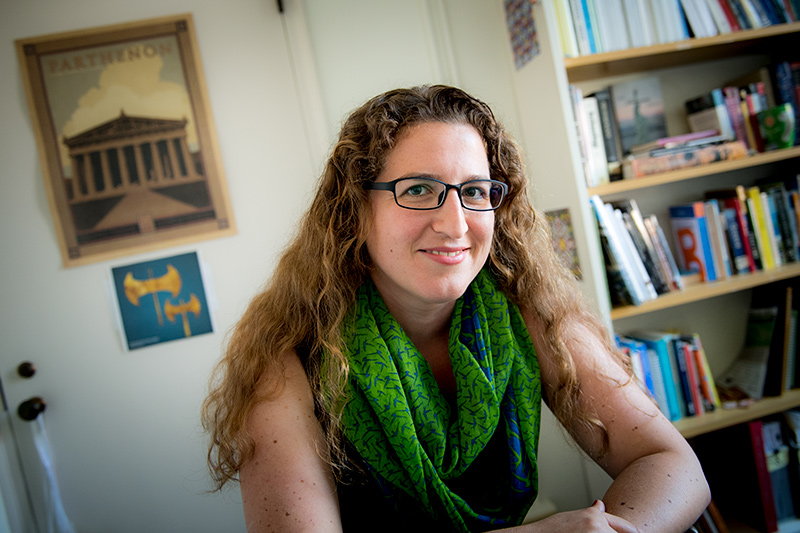Affiliation: Tulane University

Emilia Oddo is Assistant Professor of Greek Archaeology with the Department of Classical Studies, Tulane University. She holds her degrees from the University of Cincinnati (Ph.D. and M.A.), Katholieke Universiteit Leuven (M.A.), and the Università degli Studi di Palermo (B.A.). Her research interests focus on the the study of pottery and ceramic regionalism in Late Bronze Age Crete, particulary how pottery styles are manipulated to express socio-political identities of elite groups. Professor Oddo has served as the Ceramic Specialist for multiple sites at Knossos, and her publication projects include The House of the Frescoes at Knossos (forthcoming, British School at Athens, Supplementary Volume).
Our common idea of what an archaeologist does is often limited to digging, studying the finds, and publishing a final report. The final report is a story. But what happens if the archaeologist died before publishing anything final? What happens to the excavation (s)he carried out? And what about the finds? How can we reconstruct what we did not experience with the little data that remains? How can we publish a final report and see the fruits of that excavation? In this lecture, we will consider the difficulties linked to studying and publishing legacy data, that is, old excavations. Through a couple of case studies from Bronze Age Crete, we will examine what the usual roadblocks are and what realistic outcomes look like. We will see how, to write the final report, the story, we need to disentangle another important story, like that of the excavation and the finds after the death of the excavator. It is my hope, with this lecture, to show you how these endeavors are still worthwhile, no matter how challenging the dataset or steep the learning curve might be.
Regarded as one of the most iconic and elegant ceramic styles of Crete, Marine Style vessels are included in general summaries of Minoan culture, together with other staple images of the Palace at Knossos and the bull-leaping fresco. The depictions of elaborate octopi with tentacles embracing the pot’s surface or nautili plunged in a landscape of rocks and seaweed are striking and hard not to consider artistic products. So, why do we find so little Marine Style in Crete? And why is it commonly found in shattered, not mendable, pieces? Something does not add up. This lecture takes you on a journey through the strange and elusive phenomenon that is Marine Style pottery. We will investigate who made Marine Style pots and for what purpose; we will explore how Marine Style was used and where. In the end, you will see that Marine Style was everything but typical.